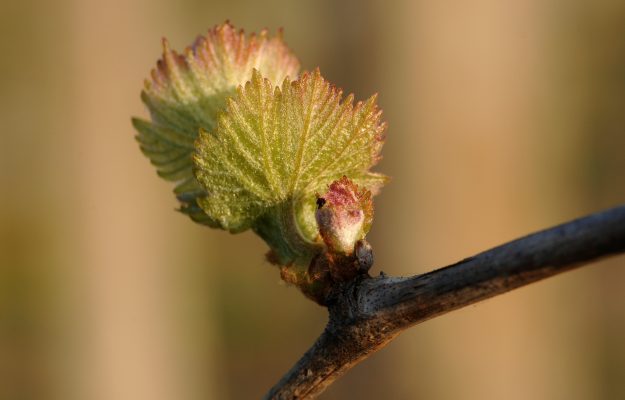The names look like those of a Star Wars robot, but they are instead four varieties of vines tolerant to the most important fungal, powdery mildew and downy mildew diseases, selected by the Edmund Mach Foundation, entered in the National Register of Vine Varieties and ready to be cultivated, not only in Trentino but throughout Italy, after the necessary period of observation in the different regions. Waiting for a name, for now, they are called “F22P9”, “F22P10”, “F23P65”, “F26P92”, and were born from the parents Vitis Vinifera and varieties carrying natural resistance genes, after 12 years of patient and constant cross-breeding activities carried out in the program of genetic improvement of the vine, and soon they will be made available to operators by the Consorzio Innovazione Vite, which will manage the patent of the varieties. Next to which the Consorzio Innovazione Vite has also obtained the registration of another one, the Pinot Regina from the Institute of Pècs, in Hungary, and the Georgikon 28 rootstock, which shows good tolerance to drought and limestone.
The four varieties were chosen by the researchers from over 700 plants obtained by seed, selected for their downy mildew and powdery mildew tolerance and for their quality on several occasions and in different environments. Other “candidate” varieties are now being selected from over 20,000 seedlings, 250 of which are under constant observation. But what are the characteristics of these four new varieties? The red berry varieties F22P9 (Incrocio Teroldego x Merzling) and F22P10 (Incrocio Teroldego x Merzling) have characteristics of good tolerance towards downy mildew and powdery mildew, but also have a good aromatic content, with levels of diglucosides below the legal limits allowed in wines, and total polyphenols and an excellent sugar-acid ratio. From their grapes are obtained wines with good body and consistency and a good content in tannins and aromas with a pleasing floral-fruity note. The white berry varieties F23P65 (cross Merzling x FR993-60) selected for its acidity and pH characteristics suitable for the production of bases and sparkling wines, and F26P92 (cross Nosiola x Bianca) are characterized by a different and complex aromatic content. The result is fresh, slightly aromatic wines reminiscent of aromatic herbs with notes of dried fruit, medium body and good flavour.
“This result obtained by our researchers - comments the president of the Edmund Mach Foundation, Mirco Maria Franco Cattani - is a source of great pride, because it helps to develop the selection of new varieties, according to nature, that improves the healthiness of food and the environment, also thanks to the prevention of the use of phytosanitary products. The evolution of similar scientific contributions will provide further impetus to the agricultural sector, further improving the quality of food, which are synonymous with agricultural tradition”. The president of the Consorzio Innovazione Vite, Enrico Giovannini, also expresses his satisfaction with the goal achieved: “the satisfaction is even greater, given that this result was achieved thanks to the commitment put in place by a team from all over Trentino, the Consorzio dei vivaisti viticoli Trentino together with the Edmund Mach Foundation. I hope, given their excellent potential, that these varieties can be welcomed by the viticultural and oenological sector”.
Copyright © 2000/2025
Contatti: info@winenews.it
Seguici anche su Twitter: @WineNewsIt
Seguici anche su Facebook: @winenewsit
Questo articolo è tratto dall'archivio di WineNews - Tutti i diritti riservati - Copyright © 2000/2025









































































































































































































